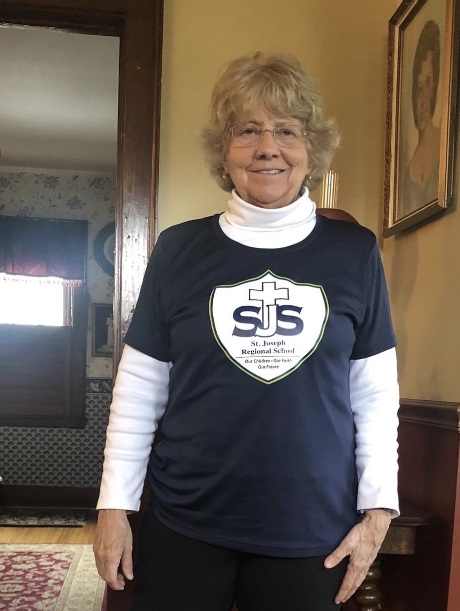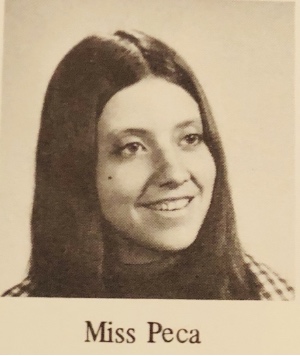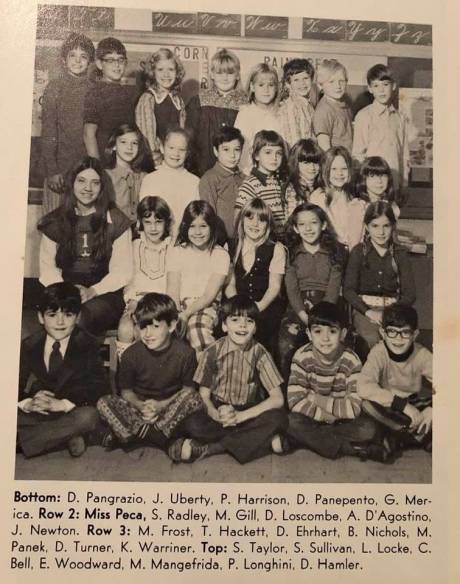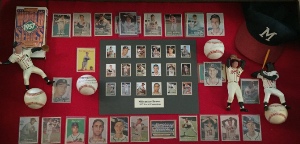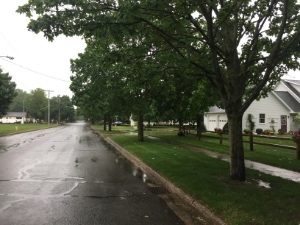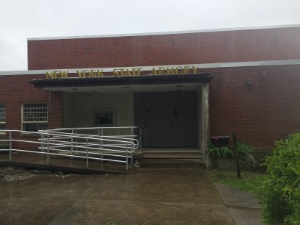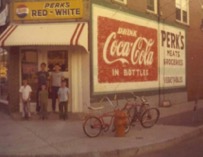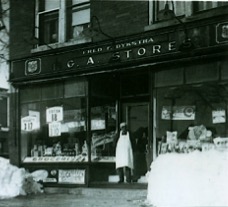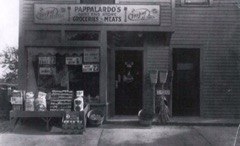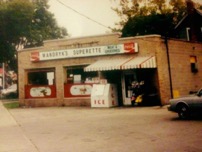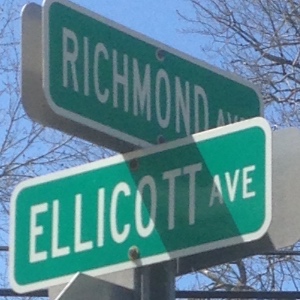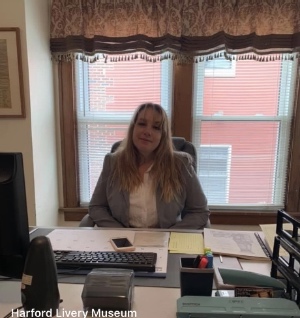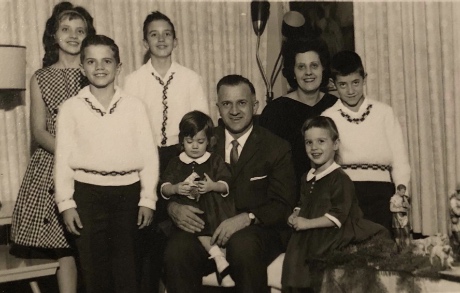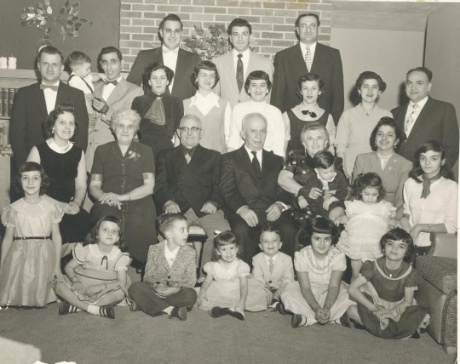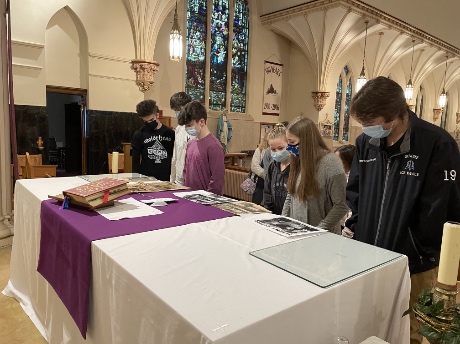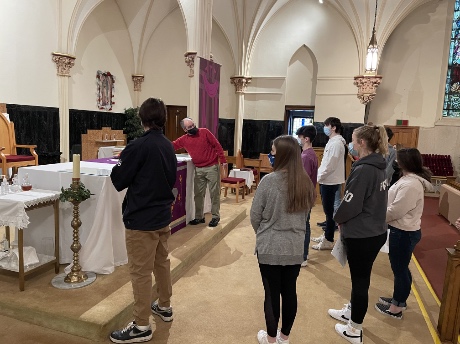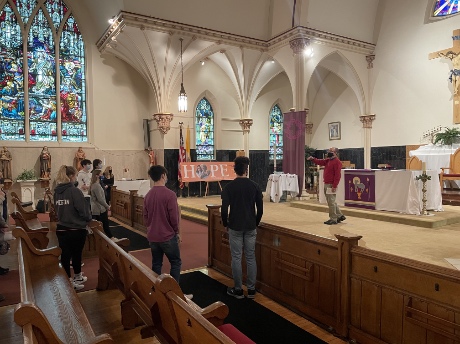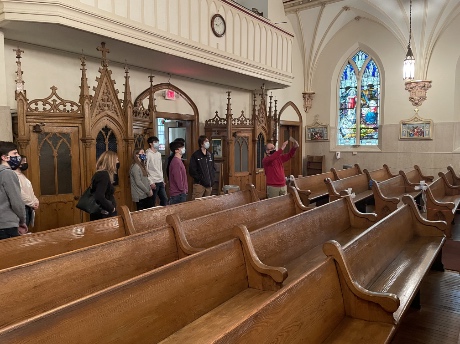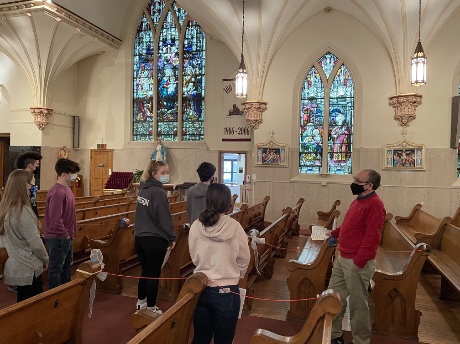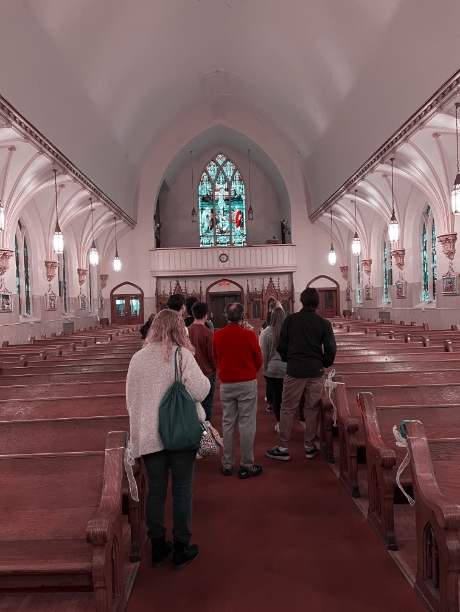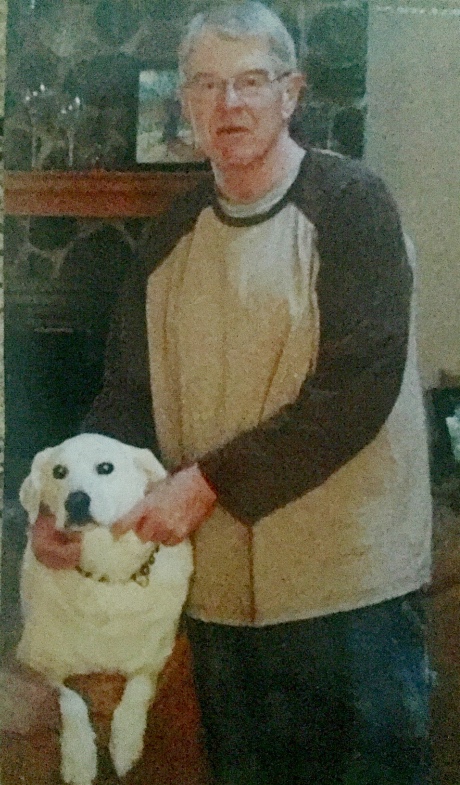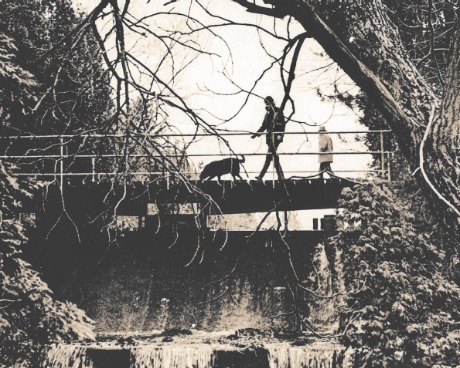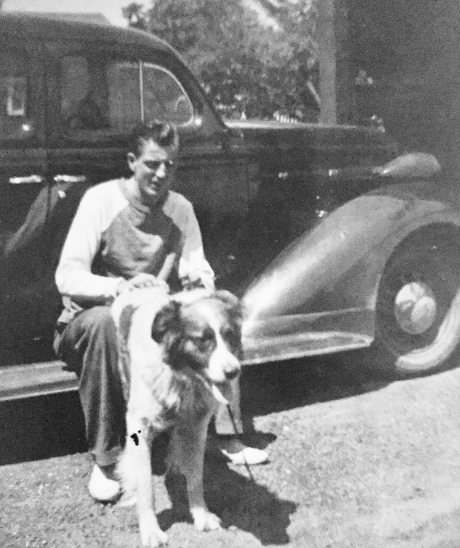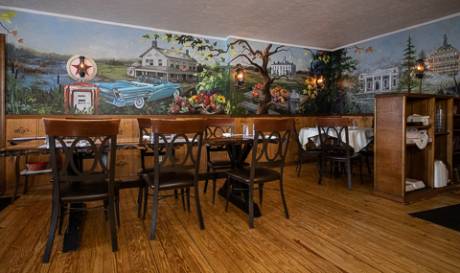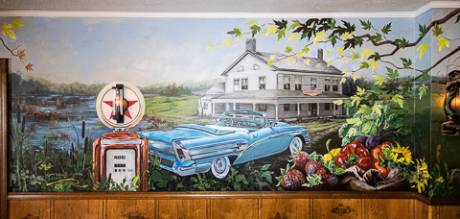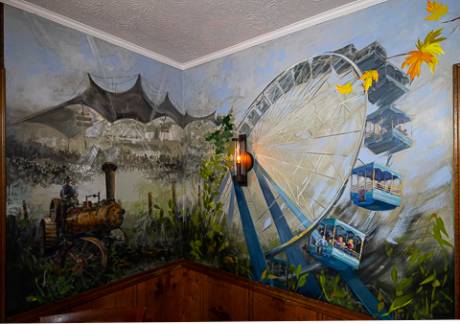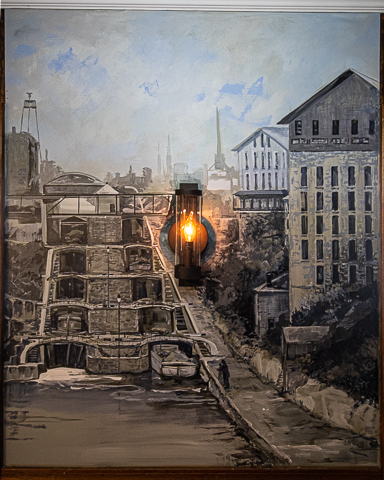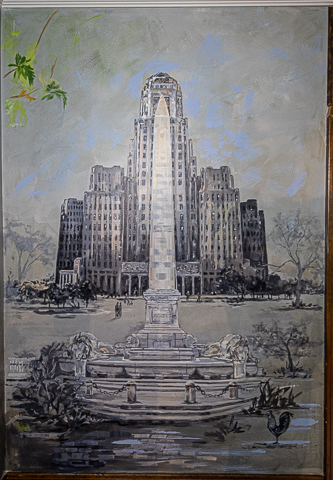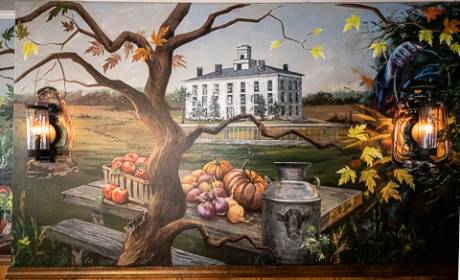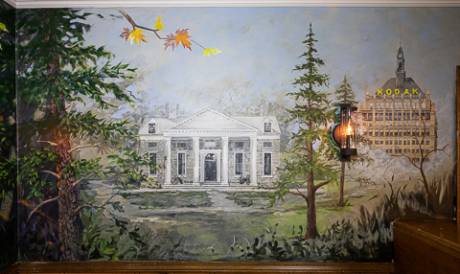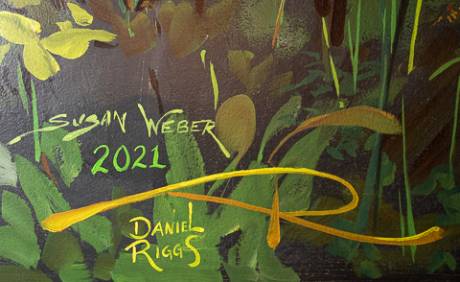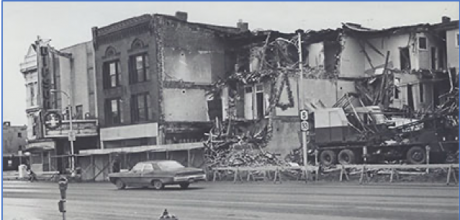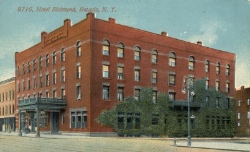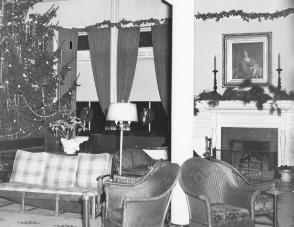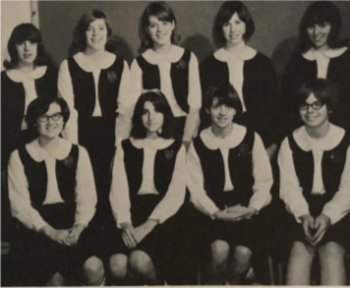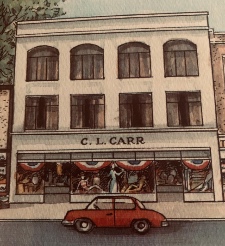When folks get older and nostalgia sets in, one strong memory is of the pets they had when they were kids. Dogs and cats of course were the favorites, but rabbits, horses and even pigs were popular, too, especially in rural areas like Batavia.
People of a certain age (i.e.: elderly) might recall Richard Nixon's famous career-saving speech about his dog “Checkers.” Elvis Presley had an infamous monkey he called “Scatter” whose shenanigans were renowned among the singer's entourage. Later in the '90s the Clintons' cat “Socks” seemed to get as much media time as Bill and Hillary.
My family only had a few furry housemates as I was growing up.
My dad loved dogs and had a number of them when he was a young man, including a couple giant Saint Bernards. But my mom was reluctant. She had a traumatic memory of a family dog biting someone and being dispatched in a gruesome way so I think that limited our number.
But, I still recall our pets fondly and humorously for their companionship and animal antics.
Stupid is as Stupid Does
Before I turned 10 when we lived on Thomas Avenue we got a male cat. Because he was a dark gray color we named him “Smokey.” That moniker didn't last long though. My mother kept tripping over him as he plopped down wherever it suited him and you'd hear her exasperated cry of, “Move you stupid cat!” So, very quickly he became "Stupid."
Although he was mostly an outdoor cat, which normally doesn't bode well for the feline lifespan, Stupid stayed with us through two years on Ellicott Avenue and then moved to North Spruce Street, too.
He loved living at North Spruce because in the '50s and '60s our house was surrounded by woods. Woods that were full of mice, birds, moles, and were just generally akin to a giant cat grocery store. We would find carcasses of Stupid's dinners on our porches and patio.
As if he didn't have enough free grub at his literal disposal, for some reason my mother also fed him like a king. She'd send me to a grocery store (I think A&P) on the south side of Main Street between Liberty and Center streets to buy him fresh chicken kidneys, which she would then cook for him. Talk about spoiled.
Although mostly an outdoor cat, Stupid didn't care for cold weather and would grace us with his indoor presence in the winter. One time he was outside, but then we heard him crying at the basement door into the kitchen. When we opened the door, out he came.
“Hey, I thought the cat was outdoors,” my mom said. “How in the world did he get in the cellar?”
Upon investigation we found a broken basement window. Stupid had huge seven-toed front paws that looked like snowshoes and the only thing we could figure was that he batted on the window until it broke. We could never prove it, but the window wasn't broken before. How else could it happen?
Eventually, as sometimes happens with outdoor cats, Stupid disappeared. Whether something happened to him or he just took his aging self off to die in peace we never knew. I think at some point I considered making some kind of wooden marker in his memory, but etching R. I. P Stupid seemed... well... stupid.
Hare Today, Gone Tomorrow
When I was middle school to early high school age we briefly had a black and white rabbit. I do not recall where we got him or why.
His name was Herman and I'm unclear on why I called him that. Although I'm almost certain it wasn't for Hermann Göring, the head of the German Luftwaffe (Air Force) during World War II.
Herman's brief time with us was spent in a hutch outside the back door.
My job was to line his pen with straw, feed him, and clean out the bunny manure. His food was some kind of brown pellets, which to be honest looked about the same coming out as they did going in. We also gave him lettuce and other leafy vegetables. It was always a mystery to me how he could seemingly turn a pound of food into two pounds of poop.
Herman came to an inglorious end one winter night from unknown causes. I went to feed him in the morning and he was frozen stiff. I guess if we wrote an obituary, we could've said no bunny compared to him.
(Above, Skippy, Dave and Jim at Godfrey's Pond in the 1970s.)
Shaggy Dog Story
When I was in high school, one day my grandmother stopped by for a visit and she had a box with something covered up inside.
“I brought you a present,” she said with a big smile. When something moved in the box my mother had the opposite of a smile. “Uh oh,” she muttered.
"Skippy" the dog had arrived.
I don't remember specifics, but knowing my mother it must have taken a lot of begging and whining by my two younger brothers to get mom to say we could keep him. Being in high school I was (in my own mind) too cool to get excited about a dog. I had sports and girls to think about.
Skippy was a full-blown mutt. You really couldn't distinguish any breed that he was descended from and it would be fair to say that he wasn't going to be entered in any dog shows. To paraphrase an old saying, he was a dog that only his family could love.
Back in the '60s and '70s there were no leash laws. So Skippy (and just about every dog in Batavia) was free to roam around town. As he got older, and since he wasn't neutered, this resulted in some dicey situations.
As I have mentioned in some of my previous stories, I had two unmarried aunts who lived together in the longtime Reilly family home on Cedar Street. Sometimes when my brothers and I would walk there from North Spruce we'd take the dog along.
Well, I guess he enjoyed Aunt Kate's and Peg's company (or maybe they gave him treats) because we'd sometimes get a call saying he was lying on their porch.
That doesn't sound like a big deal until you realize he had to cross East Avenue, go through the Eastway Plaza parking lot, navigate East Main Street (routes 5 and 33) and go over the Erie Railroad tracks to get there.
My dad would go pick him up in the car and bring him home while we'd wonder how many close calls he had on his adventure.
Another of his favorite destinations was a farm somewhere to the east out off Clinton Street Road. We'd get a call from the irate farmer telling us that Skippy was out there, "…trying to get at his female dog.” Once again dad would have to go fetch him home, but also take scolding from the rightfully upset owner.
After a few of those incidents Skippy the randy canine had to be tied up for his own protection. We did wonder how many of his progeny were spread across Genesee County though.
Because for most of his life he was allowed to run free, Skippy often got into and ate things that weren't exactly approved by The American Kennel Club. This would result in trips to the veterinarian for intestinal disorders.
One time, perhaps to save us money on medication, the vet told mom to, “...give him a clove of garlic and that should clean him out.”
I don't recall if this treatment cured the dog but about two hours later we had to evacuate our house. If they had haz-mat teams back then I'm not sure even their sophisticated breathing apparatus would have been enough to handle the noxious fumes.
But, generally, Skippy was a good dog and after my brother Dan and I left for college and beyond he became dad's closest buddy. When the fateful day came and he had to be put down, my youngest brother Jim says that was one of the few times he ever saw dad cry.
At various times through adulthood I had a number of friendly cats and one beloved dog. But, it's still enjoyable from time to time to think back on those pets we had in our childhood.
Top photo: Dave Reilly in 2014 with his pal Deuce.
Below: James Reilly Sr. in 1939 -- a young man with his best friend.
Photos courtesy of Dave Reilly.

